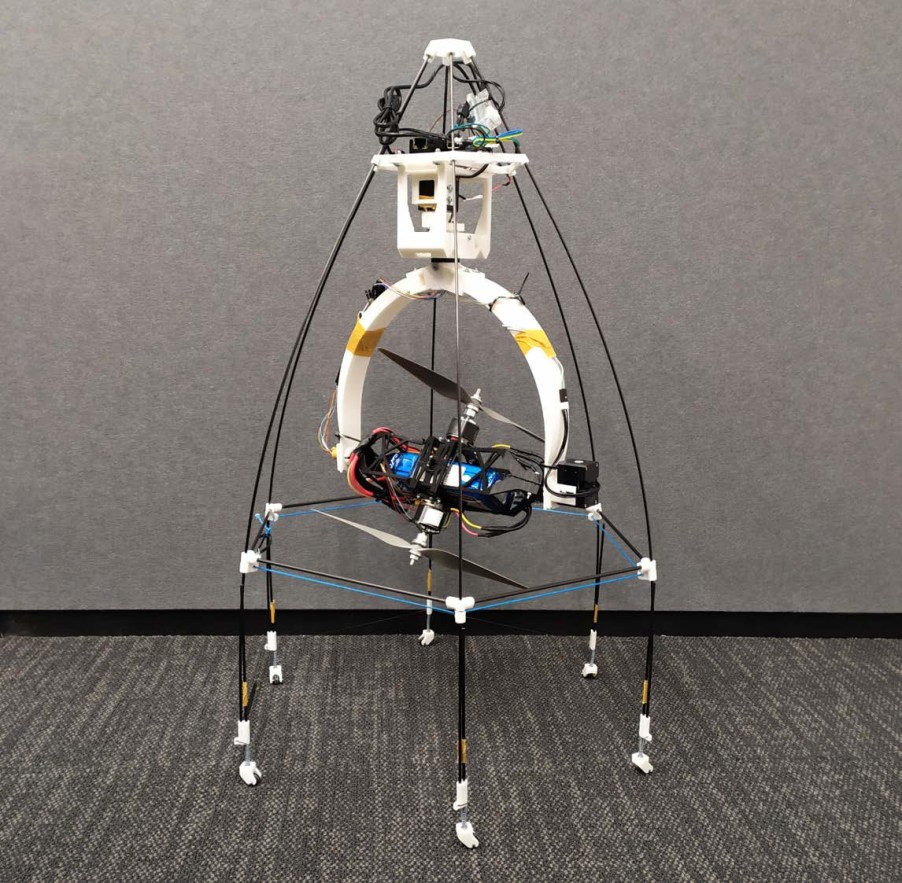
The Coaxial Versatile Modular Tilt-Rotor All-Terrain Vehicle You Need
Forget about four-wheel steering and electric powertrains, the next big thing is Coaxial Versatile Modular Tilt-Rotor All-Terrain Vehicles. To shorten it, let’s call it an OmniRotor. This one is a micro aerial vehicle (MAV) so it’s small, but the flying vehicle can be scaled up. Vertical takeoff and landing (VTOL) abilities like a quadrotor could be configured into a flying car of sorts.
The OmniRotor is a flying machine with unlimited capability

So it’s a flying machine with lots of capabilities. The OmniRotor can be a tool for search and rescue, monitoring different situations, inspections, and aerial manipulation applications. There are probably many more but you get the idea.
Tilting rotor configurations have been the go-to for researchers advancing these versatile flying machines. But they are limited due to a variety of factors including Bulk as well as having to be configured around specific functions limits their maneuverability. So they generally lack versatility.
Omnirotor’s magic is it has thrust in any direction

The advantage of the Omnirotor is that thrust is available from any direction. There are no limitations for how it can maneuver and function. As Hackaday reports, it can change its thrust direction continuously without needing to unwind back any specific configuration. So as an unmanned aerial vehicle, ground runner, or all-terrain vehicle, there are no movement or environmental limitations.
Currently, researchers favor VTOL and UAV systems. That’s because they use small electric sensors, complex control algorithms, and are usually autonomous systems. But they work in a vacuum without the aid of aerodynamics. Mostly, aero is a foreign language to roboticists.
OmniRotor configurations function beyond the flying machine on Mars
So while flying vehicles like the one currently on Mars function as intended, they aren’t achieving maximum potential because they lack aero. And mostly, once these flying machines are produced there is no program for continuing development and improving it for the next application.
Three rotors of different sizes and unlimited coaxial pitch makes maneuverability unlimited

OmniRotor uses three sets of rotors which are also different sizes. Off-the-shelf rotors rather than special materials are just one of its advantages. For a coaxial system with equal counter-rotating electric motors and propellers at a fixed pitch and powered from the same power source, they are extremely efficient through all ranges.
If you’re interested in these future vehicles we suggest reading the full Hackaday post with figures, graphs, and other research into OmniRotor development. It sounds like this is a viable direction for the future that could spin off into passenger vehicle development.



